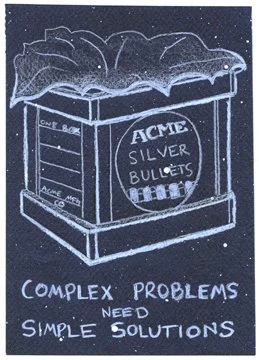
Toward megalopolis on the ‘Vermonter’
“Southbound” (pastel), by Ann Wickham, in the show “White River Junction: A Pastel Perspective, ‘‘ at the Long River Gallery, White River Junction, Vt., through July 31.
Map of Amtrak’s “Vermonter” route
— by Jkan997
Back to the people
“Using the power of comics to teach teens about the way our government works This Is What Democracy Looks Like, A Graphic Guide To Governance is a 32-page comic book created by The Center for Cartoon Studies (CCS), in White River Junction, Vt., This comic guide helps to bring democracy back to the hands of the people by explaining what democracy actually means and how the whole thing works. This guide will be a great jumping-off point to learn about our government.’’
The quiet way
“Raking leaves can be totally Zen,’’ by Adam Blue, in his show “Adam Blue: Astroexplorer — A Guide to the Heavens,’’ at Maine Street Museum, White River Junction, Vt., through Nov. 18.
The museum says:
The exhibition provides concise and sometimes blunt discourse on current environmental, political and social issues, as well as pop culture.
Lillian Gish on the White River, at White River Junction, being filmed for the 1920 silent film Way Down East.
White River Junction in 1989. It was a major railroad center.
‘Popping off the wall’ in White River Junction
“Tango III” (etching, 3D sculpture), by Norwich, Vt.-based Sue Schiller, in her show “Sue Schiller: A Retrospective,’’ at Two Rivers Printmaking Studio, White River Junction, Vt., through Aug. 22.
The studio explains:
The show “features five decades of work done by New England print maker Schiller. Over the decades, her work has maintained an abstract and expressive look. Often using layers of paper to build up her pieces, Schiller's prints can range from intricate — popping off the wall and spreading out from the canvas — to deceptively simple. The studio is open by appointment. For more information, please visit here.’’
White River Junction, part of the Town of Hartford, in 1889.
The community has long had a major role in regional transportation, primarily as a railroad junction. From the arrival of the first railroads, in the late 1840s, until rail diminished in importance in the 1960s because of Interstate Highway System, whose Routes 91 and 89 met in White River, the community was the most important railroad community in Vermont.
Its original importance was due to its location at the confluence of the White River with the Connecticut River, whose valley was essential to the early development of the region. In 1803 Elias Lyman built a bridge across the Connecticut from the north bank of the White River to West Lebanon, N.H.
Booming White River Junction in 1915.










